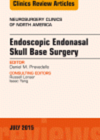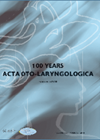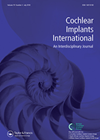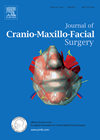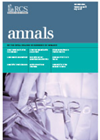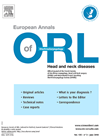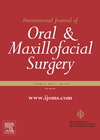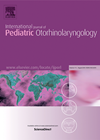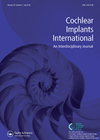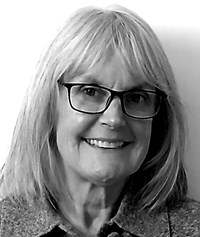
Journal Reviews
The increasingly favourable outcomes from endoscopic endonasal approaches for the management of pituitary adenomas
Historically, pituitary tumours have been surgically managed with an open, transcranial approach. Although this approach still has its merits in large intracranial adenomas, technological advancement has allowed smaller tumours to be debulked via a transseptal microscopic technique. These days, the...
Which is worse – unilateral or bilateral tinnitus?
Few studies have analysed subjective aspects of tinnitus or the association between clinical characteristics and the directionality of tinnitus. The study subjects comprised 207 patients who presented with tinnitus over two years and underwent tinnitus-related physical examinations and tinnitograms (includes...
Do the modern multiple microphones with beamforming facility really help implantees?
In this study the authors aimed to assess the benefit beamforming multiple microphones provide to implantees. Speech reception thresholds were assessed in different situations; fixed masking noise from eight loudspeakers around the subject at 0°, ±45°, ±90°, ±135°, and 180°...
Postop follow up of oral squamous cell carcinoma: a new protocol
Oral and oropharyngeal cancers together are the sixth most common malignancy in the world, with an increasing incidence of oral squamous cell carcinoma (OSCC). The recurrence rate of OSCC is reported to be approximately 10-26%. About two-thirds of all recurrent...
Long-term outcomes after (adeno) tonsillectomy
Patient-reported outcome measures (PROMs) are used increasingly to fill an ‘evidence gap’ where healthcare rationing threatens particular treatments. Tonsillectomy is a long-established and effective treatment for recurrent tonsillitis and obstructive sleep apnoea (OSA) in children. The T-14 outcome measure examines...
‘FOX’ – a new software programme in cochlear implant fitting for audiologists
Taking into account the complex parameters involved in cochlear implant fitting, it appears that the procedure is becoming more and more difficult and variable across cochlear implant centres. For this reason, a software programme called FOX was designed attempting to...
Aerosols and polypi
Infection in the operative cavities after endoscopic sinus surgery for sinonasal polyposis leads to recurrence of symptoms and mucopurulent discharge. The usual therapies include systemic antibiotics sometimes with steroids. The authors hypothesised that the use of a topical antimicrobial (tobramycin...
Intermediate risk factors SCC tongue
This retrospective review from Japan assessed 89 patients who underwent surgery for squamous cell carcinoma of the tongue, specifically they reviewed the evidence of perineural and vascular invasion (27.0% and 23.6%). Their results suggest, not unsurprisingly, that perineural and vascular...
Bone anchored implant stability predicted one week after implantation
Bone conduction (BC) devices can now be implanted as a single stage procedure with minimal soft tissue thinning to reduce the complications in the surrounding skin. The question of optimal loading time has to my mind not been answered. Here...
How young is too young for tympanoplasty?
This paper presents the largest series of pre-school age children undergoing tympanoplasty compared with older children. The authors have collected much prospective data on 259 children undergoing 284 surgeries so were able to perform multivariate analysis. The age groupings of...
Amount of dietary iodine and thyroid cancer
Two molecular scientists from Zurich wrote this paper as a systematic review, asking the question of whether dietary iodine intake is a risk factor for developing thyroid cancer later on life. They speculate that low iodine intake is a risk...
Differences in timbral cues’ perception between teenagers with cochlear implants and those with normal hearing
The authors aimed to assess timbral cues’ perception of teenagers with cochlear implants and compare it to the respective perception of normally hearing teenagers. Thirty-four teenagers were included in the study, nine Korean adolescents with cochlear implants and 25 adolescents...

